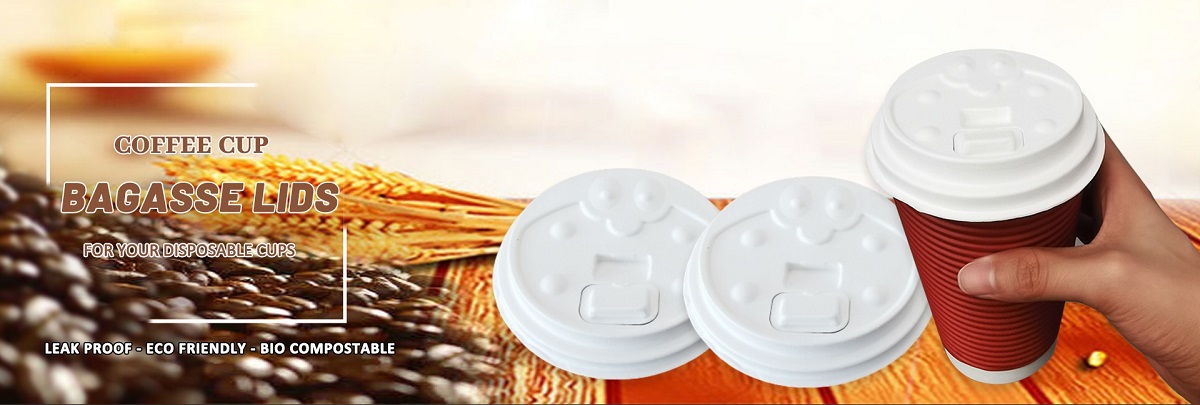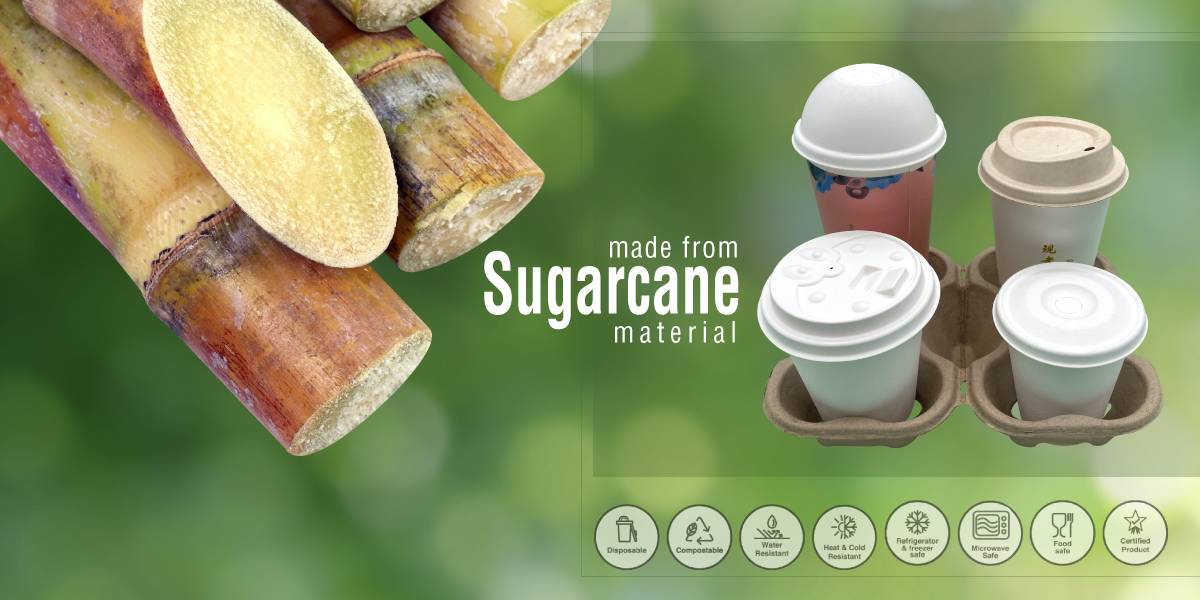Global Leading Automatic
Production Base of Eco Cup Lids
Production Base of Eco Cup Lids
The green olives Cups is made from bagasse — sugar-cane fibres left over from the sugar extraction process. The lids are also compostable, a biodegradable bio-plastic.compostable coffee cup lids,Sugarcane Bagasse Cup Lids

YOU’VE BOUGHT YOUR morning coffee and it comes in a compostable cup. However, what do you do with it after you have finished it? It’s estimated that only 1 in 400 cups and lids are actually recycled or composted correctly.
Here is where the confusion lies. Many people may not realise that composting can only occur in a controlled environment. By throwing compostable bagasse cup lids in recycling bins or in general waste, the vast majority of them end up in landfills or incinerators.
Compostable Ecoproducts need exposure to moisture, oxygen and bacteria in order to break down — not the conditions of a landfill.
Small moves can make big changes
It is great that so many have gone compostable but now we need to close the loop. Our latest compostable coffee cup lids is completely paper-free. The green olives Cups is made from bagasse — sugar-cane fibres left over from the sugar extraction process. The lids are also compostable, a biodegradable bio-plastic.
These are part of our sustainable new Leafware range, which provides a wide range of eco-friendly and compostable coffee cup lids and compostable products.
While the Treefree Cup will help alleviate some of the strain on the world’s forests — an estimated 20 million trees are cut down every year to produce disposable paper coffee cups — we have also devised a new system that bring sustainability to the next level. We have dedicated collection bins in premises for customers to dispose of their cups and lids after use.

They are only better if they are processed correctly
It’s all about driving that message home — while compostable coffee cup lids are a more sustainable option than standard paper or card single-use cups, they are only truly better for the environment if they are processed correctly.
There is no single right answer to solve the problem of single-use items. However, by investing in more sustainable materials, and putting the right infrastructures in place, we can all play a part in ensuring as many single-use items as possible are diverted from the landfill and incineration. Small moves can make big changes.

